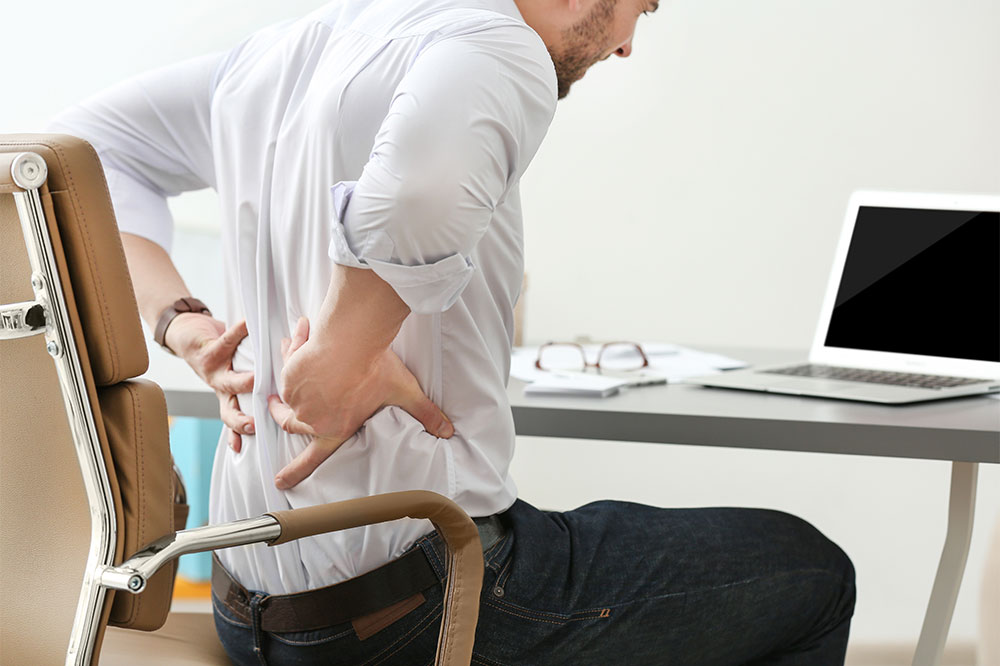Comprehensive Guide to Managing and Reducing Lower Back Pain Effectively
This comprehensive guide explores effective strategies to manage and alleviate lower back pain, covering home remedies, medications, therapies, lifestyle modifications, and when surgical intervention might be necessary. Understanding these options helps individuals find relief, prevent future injuries, and improve spinal health for a better quality of life.

Comprehensive Strategies for Managing and Reducing Lower Back Pain Effectively
Lower back pain is a common health issue that can significantly impair daily life and reduce overall well-being. This discomfort often results from various causes, including injuries to the spine, muscles, or ligaments, as well as nerve compression stemming from medical conditions or accidental trauma. Understanding the root causes and exploring effective management strategies are essential steps toward relief and improved quality of life.
One primary source of lower back pain is damage to the lumbar discs, which serve as shock absorbers between the vertebrae. When these discs herniate or degenerate, they can cause severe pain accompanied by swelling, necessitating prompt medical evaluation. Additionally, degenerative conditions such as arthritis or osteoarthritis may gradually deteriorate the joint cartilage, leading to chronic discomfort.
Other potential causes include spinal tumors, infections, and structural deformities of the bones, all of which require comprehensive diagnosis and tailored treatment plans. The severity and nature of the injury or condition directly influence the chosen intervention method, ranging from conservative home remedies to advanced surgical procedures.
The level of discomfort experienced depends heavily on the injury's severity. Mild strains caused by sudden movements or bending typically improve with simple at-home remedies. Conversely, severe injuries resulting from accidents may require comprehensive medical assessment and intervention. Recognizing when to seek professional help is crucial for proper recovery and preventing further damage.
Effective management begins with understanding the various treatment options available, which can be broadly classified into home-based remedies, medications, therapies, complementary treatments, lifestyle adjustments, and surgical interventions.
Home-Based Remedies and Self-Care
Applying hot or cold packs is one of the most accessible and effective methods for immediate pain relief. Cold packs are particularly effective at reducing inflammation and numbing nerve endings, which helps reduce acute pain, especially in the initial stages after injury. Hot packs, on the other hand, promote blood flow, relax tight muscles, and alleviate stiffness, making them beneficial for chronic or ongoing discomfort.
Simple stretching exercises and maintaining proper posture during daily activities can significantly decrease the risk of developing lower back pain. Gentle activity helps keep the muscles flexible and prevents stiffness, which is vital for long-term spinal health.
In addition, maintaining weight within a healthy range reduces unnecessary strain on the lower back. Ergonomic modifications at work and using supportive chairs or cushions further contribute to spinal protection.
Medications and Therapeutic Interventions
Muscle relaxants can help ease muscle tension and spasms often associated with lower back pain.
Anti-inflammatory drugs, such as NSAIDs, are commonly prescribed to reduce swelling and inflammation in the affected area.
Narcotic analgesics may be used for short-term management of severe pain, under strict medical supervision.
Persistent or recurrent pain might be treated with lumbar epidural steroid injections, which deliver anti-inflammatory medication directly to the epidural space around the spinal cord.
Besides medications, physical therapy is a cornerstone of lower back pain management. Techniques such as manual therapy, targeted exercises, and posture training can restore spinal function and prevent future episodes.
Complementary and Alternative Medicine Approaches
Acupuncture has gained recognition for its ability to stimulate specific points on the body, promoting blood flow and reducing muscle tension.
Chiropractic adjustments involve precise manual manipulations of the spine, helping to realign vertebrae and relieve nerve compression.
Therapeutic massages using medicated oils like clove oil or arnica can loosen tight muscles, reduce inflammation, and improve circulation.
Support devices such as proper back braces or corsets are beneficial during postoperative recovery, pregnancy, or when lifting heavy objects to prevent further injury.
Lifestyle Modifications and Preventive Tips
Engaging in regular physical activity and incorporating low-impact exercises like swimming or walking maintains spinal flexibility and muscle strength.
Practicing yoga not only enhances flexibility but also reduces stress, which can exacerbate chronic pain conditions.
Consistent stretching routines focusing on the hamstrings, hip flexors, and lower back muscles are effective in preventing minor strains and overuse injuries.
Stress management techniques, including meditation and relaxation exercises, can lower the risk of stress-induced muscle tension and pain.
Adopting ergonomic workstations and taking frequent breaks from prolonged sitting can significantly reduce the risk of developing lower back discomfort.
When Is Surgical Intervention Necessary?
Surgery is generally considered a last resort, reserved for cases where conservative management fails over three months or when underlying conditions such as spinal stenosis, herniation, or fractures are diagnosed.
Minimally invasive surgical procedures, including decompression, spinal fusion, or artificial disc replacement, have advanced significantly, offering shorter recovery times and improved outcomes.
Imaging techniques like MRI or CT scans are essential in diagnosing the precise source of pain and guiding surgical planning.
If lower back pain persists, worsens, or is accompanied by symptoms like numbness, weakness, or loss of bladder control, immediate medical consultation is crucial to determine appropriate treatment options and prevent irreversible damage.





